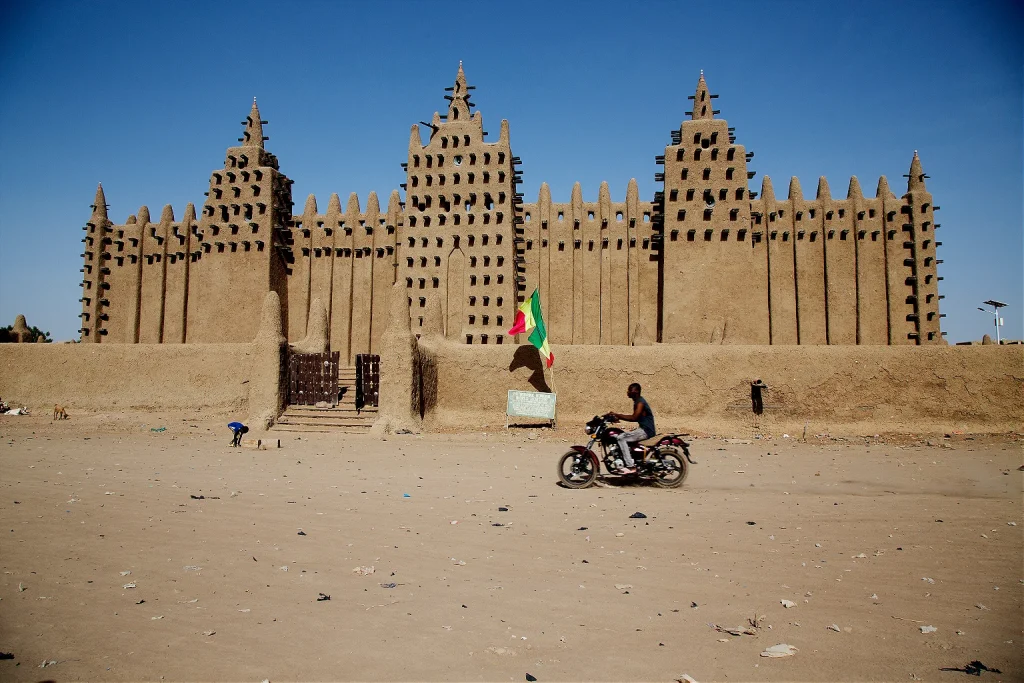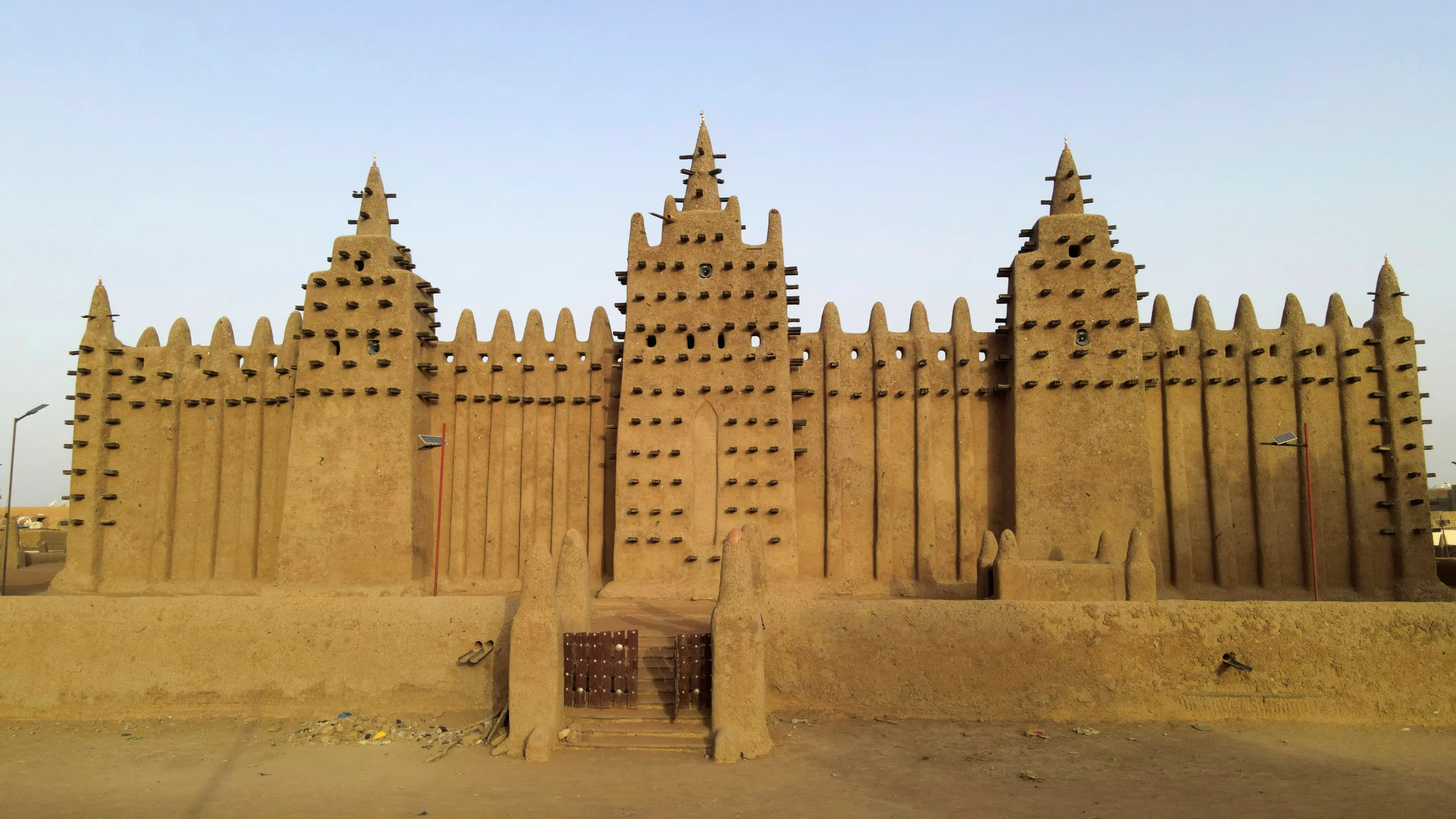Thousands of residents in the ancient city of Djenne, Mali, have taken part in the city’s cherished annual ritual of replastering its famed earthen mosque—a tradition that both preserves the iconic structure and unites the local community.
To the rhythm of drums and vibrant celebratory music, locals on Thursday gathered to coat the towering three-minaret mosque with a fresh layer of mud plaster. The process, using “banco”—a “mix of water and earth”—is essential to protecting the mosque against the severe rains typical of the Sahel region.
“This mosque belongs to the whole world,” said Aboubacar Sidiki Djiteye, his face caked in mud as he worked alongside others in what he described as a “unifying” experience. “There’s no bigger event in Djenne than this.”
The ritual has been passed down through generations. Women were seen ferrying water to prepare the plaster mixture, which is traditionally made from water, earth, rice bran, shea butter, and baobab fruit powder—hallmarks of the Sahel-Sudanese architectural style.

Chief mason Mafoune Djenepo supervised the work, ensuring the plaster was properly applied. “The importance of this mosque is immense. It’s even featured on all Malian postage stamps,” he remarked.
Following the labour, participants gathered for a blessing ceremony in the mosque courtyard, where Quranic verses were recited. The community then shared dates and sweets in celebration.
Originally built in the 13th century and later reconstructed in 1907, the Djenne Mosque is recognised by UNESCO as the world’s largest mud-brick structure. The city, home to around 40,000 people, is famed for its traditional banco-style homes and has been on the World Heritage list since 1988.
However, the mosque and city were added to the UNESCO endangered heritage list in 2016 due to ongoing violence in central Mali. The region has been plagued by a deadly insurgency involving insurgent groups linked to al-Qaeda and the Islamic State, as well as ethnic militias and armed criminal networks, since 2012.


 Trending
Trending 